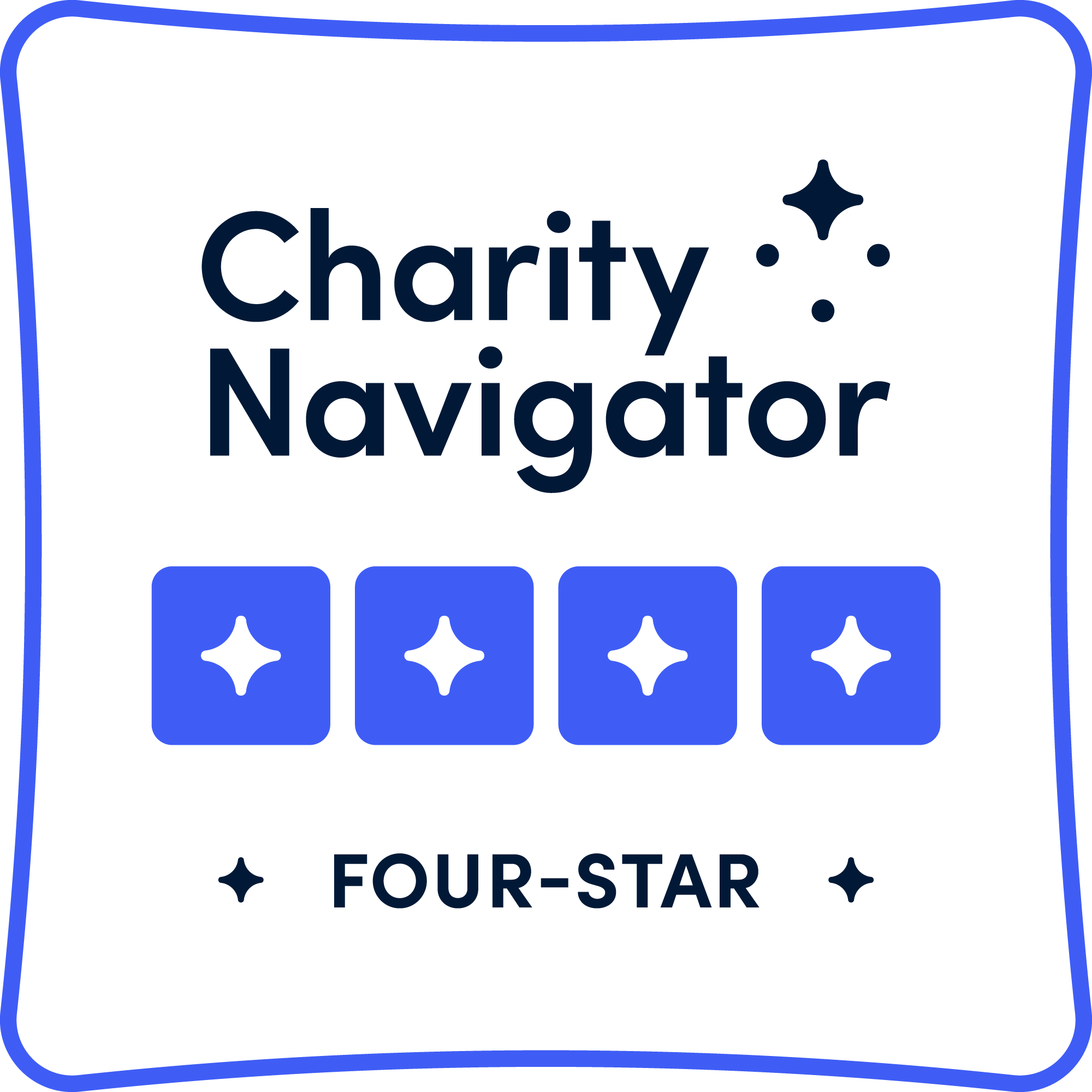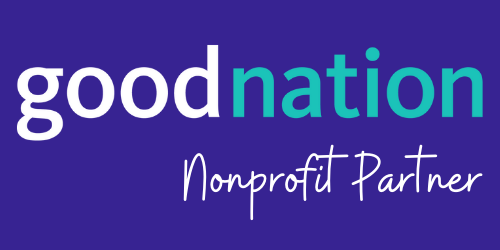Frictionless design has long been on the rise. Automatic enrollment continues to boost 401(k) adoption. Automated payments are increasingly industry norms. Online application and approval – on your computer or your phone – and other conveniences have become increasingly common in financial products, making the user experience as satisfying and frictionless as possible to drive uptake, reduce drop-off, and lower costs.
But this kind of ease and simplicity can also put users on autopilot, making it too easy to sign up for products that don’t match their goals or their financial means. Adding “positive friction” can increase business efficiency – e.g. a reminder to attach files – and can act as a strategic guardrail to reduce user error and dissatisfaction – like a pop-up asking an applicant to confirm that the monthly payment is in line with their cashflow.
Convenience is often the standard in financial services — but too much ease can lead to unintended consequences, and small checkpoints can help facilitate a win-win for both consumers and providers.
Over the past 15 years and through our most recent initiative, Credit: Expanding Opportunity (C:EO), ideas42 has collaborated with credit unions, fintechs, credit counseling agencies, and others to use behavioral science to strengthen consumers’ financial health. Through this work, we have found that identifying appropriate applications of positive friction can benefit both consumers and providers.
For instance, several of our partners, like many other financial service providers, report that some clients initiate sign-up processes, but then drop out before finalizing often for unclear reasons. Other clients apply for products, like loans, with regular required payments that are not the right fit then seek to undo their choice or struggle to make payments on time.
Introducing positive friction can help address these challenges and contribute to a productive user experience and increased satisfaction, building a stronger customer relationship. Positive friction flips the switch from autopilot to active decision-making, reducing ambiguity and giving the consumer more control without interrupting the user experience.
Positive Friction in Action
Intentional, positive friction creates clear moments of choice. Subtly integrated, these moments of choice cause users to pause and reflect, understand the wider implications of their decisions, and make choices that best align with their financial circumstances. For example, in our work with Peoples Advantage Federal Credit Union, adding positive friction into a loan application reduced portfolio risk and customer service calls from confused or frustrated members.
These kinds of changes can also improve portfolio performance and lower customer-acquisition costs because customers who are confident about the service or product they signed up for are more likely to actually use it and generate revenue. For example, products like credit building accounts can be confusing for consumers to understand. Introducing moments of pause before customers open an account can decrease the number of customers who fail to make payments or who close their accounts early; a negative outcome for business and the customer’s credit building intentions.
Although it may sound counterintuitive, positive friction is especially beneficial for consumers who are time-constrained or experiencing financial distress. In those stressful moments, consumers have limited bandwidth for important, but seemingly less urgent, tasks. But positive friction can avert more serious financial strain in the long run by slowing the user down, calling attention to details that may help them weigh their options (such as the loan amount, payment dates and frequency, or credit score impact) and course-correct before the consequences of a rushed decision can compound. In a lab experiment, we used positive friction to have users think about their risk tolerance before making a crypto investment decision. We found that this friction reduced the willingness of people with low-to-moderate incomes to take up risky investments, and did not deter customers with higher risk tolerance and incomes.
Positive Friction Is a Win-Win
When it promotes a better match between services and financial goals, a little extra friction can be a helpful tool in advancing positive outcomes.
- For consumers, positive friction can help them choose products aligned with their circumstances, like loans that help them cover cashflow gaps and unexpected expenses or sustainably build wealth while protecting their credit score.
- Financial providers can reduce both user frustration and the costs associated with customer service calls to cancel or correct a decision, ultimately resulting in increased consumer confidence and performance. In our work with Peoples Advantage Credit Union positive friction and reminders led to fewer customer service calls, and increased on-time repayment.
- Banks are already seeing customer satisfaction rise thanks to efforts to empower customers to understand products, tools and services. Positive friction has the potential to solidify and grow these gains.
Well-designed positive friction can increase customer satisfaction, build trust in institutions, and promote better financial health for consumers. Though frictionless design has its strengths, too much convenience in the customer journey has its costs. Adding positive friction––subtle, strategic reminders or clarifications––can empower consumers to make decisions to improve their financial health. Looking ahead, the most promising applications of positive friction will lie in the key decision points where client choices can’t be easily undone, have large or long-term outcomes, or frequently lead to complaints. These will be the most valuable opportunities in financial services to drive impact.


